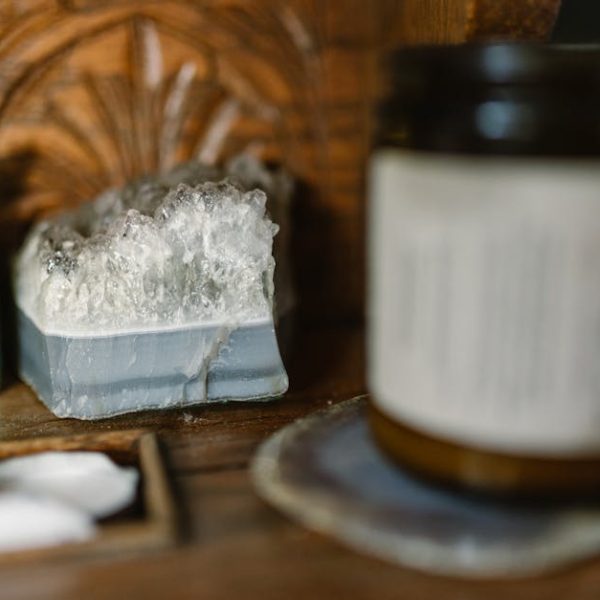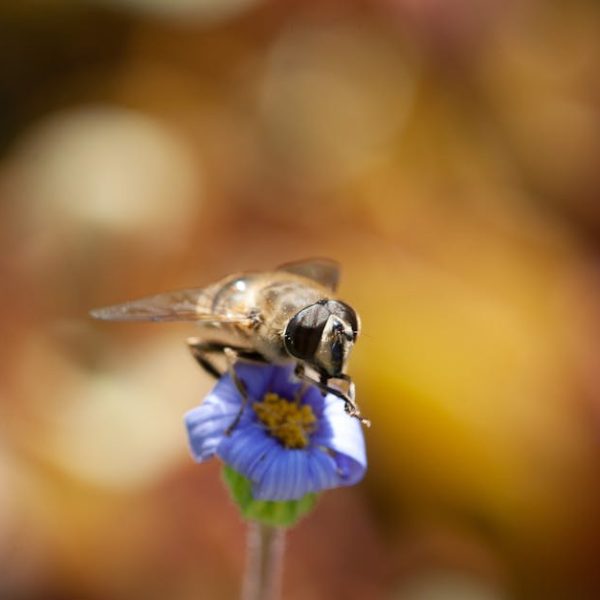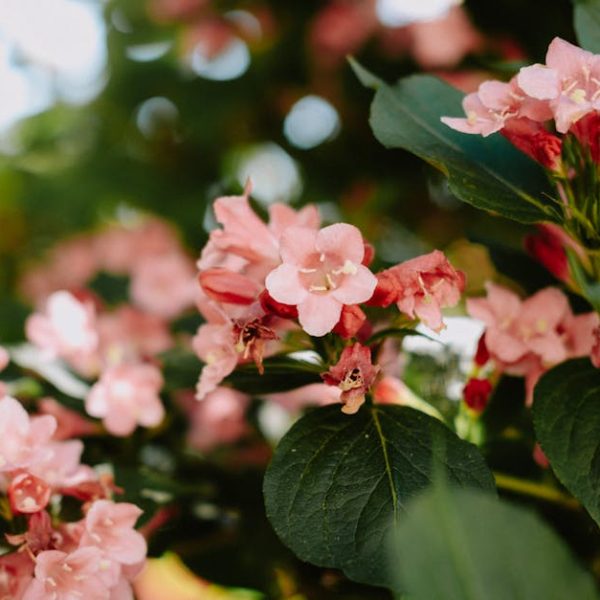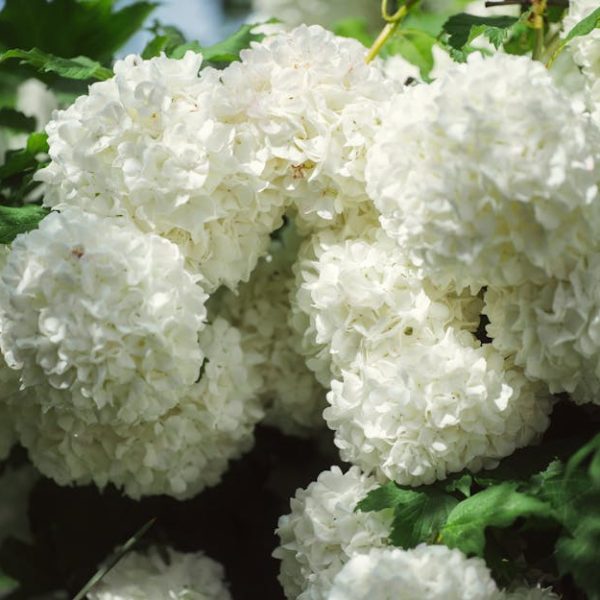Have you ever longed for healthier, greener plants without having to resort to potentially harmful chemical pesticides? Your wish is about to come true. Meet the hero of our story: Neem oil. Derived from the seeds of the Neem tree, this plant-friendly oil is a natural powerhouse for fostering plant health. Not only does it encourage robust growth, but it’s also an eloquent solution for deterrent pests and treating diseased conditions. Let’s delve deeper into understanding the benefits of this miracle oil and learn how to concoct a potent spray for your plants at home.
Understanding the Importance of Neem Oil for Plants
As an organic pesticide, neem oil has become an increasingly popular fix among the gardening community. One of the reasons is that it doesn’t merely exterminate pests; it deters them, making your plant less of a target for these critters. Moreover, neem oil distinctly helps in combating fungal diseases that might plague your plants.
Its key components, like Azadirachtin, nimbin, and salannin, serve a deterring function for pests and also boost plant health. This potent combination helps keep common plant ailments at bay, making it a comprehensive alternative to chemically synthesized pesticides.
Pro Tip: An application of neem oil can transform your plant care game, offering an organic solution to maintaining your plants’ health. Remember, incorporating it in your routine care can work wonders.
Components Required to Make Neem Oil Spray
Making a neem oil spray for your plants is as easy as pie. Not only will it go easy on your pocket, but it also gives you control over the components you’re bathing your plants in.
You’ll need:
- Neem Oil
- A mild liquid soap
Neem oil may be available in concentrated or ready-to-use forms. If you’re using a concentrated form, you’ll also need water to dilute it. If you’re using soap to emulsify the oil, ensure it’s mild and does not contain any harsh chemicals. Opting for an organic soap could be a safer bet.
Pro Tip: Choosing cold-pressed, pure neem oil ensures its active ingredients aren’t lost in the extraction process; thus, delivering maximum benefits. Similarly, choose a biodegradable, organic soap for an eco-friendly choice.
Step-by-Step Guide to Making Neem Oil Spray
Making your neem oil spray is a fairly straightforward process. Here’s a simple workshop to guide you through:
- If you’re using concentrated neem oil, start by diluting it. A commonly used ratio is 2 tablespoons of neem oil to 1 gallon of water.
- Add a few drops of liquid soap to this mixture. This acts as an emulsifier and helps the oil mix well with the water.
Once your mixture is ready, it’s crucial to use it immediately for the best results. Furthermore, always shake your sprayer before using it to ensure the oil is well distributed.
Best Practices: Always conduct a patch test on a few leaves before heavily spraying your plant. Give it 24 hours to ensure your plant doesn’t react negatively to the spray. It’s also suggested to always make fresh neem oil spray and use it immediately.
Application of Neem Oil Spray on Plants
For your plants to reap the full benefits of the neem oil spray, application matters. Spray the mixture on all surfaces of the plant, including the underside of the leaves. This is because most pests tend to lay eggs or hide in these nooks.
| Proper Application | Improper Application |
|---|---|
| Ensures coverage of all potential pest habitats, deterring infestation | Missed areas may become breeding grounds for pests |
| Promotes healthier plant growth due to adequate pest protection | Plant health may decline due to continued pest attacks |
Pro Tip: The early morning or late evening is the best time to apply your neem oil spray, as the sun can cause the oil to burn the plant leaves. Additionally, it’s ideal to apply this treatment once a week for preventative measures, or twice a week if you’re managing an active infestation.
Caring for Plants Post Application of Neem Oil Spray
Your work isn’t done just after applying the spray. Monitoring your plants’ health and growth is important for ensuring they continue to thrive.
- Keep an eye out for any signs of pest infestation or disease symptoms.
- Be mindful of your plants’ water needs – overwatering or underwatering can stress your plants, making them vulnerable to pests and diseases.
In the end, consistency is key. It’s vital to keep up with regular care, including using the neem oil spray.
Best Practices: Post-application, try to incorporate a regular schedule for using neem oil spray as a preventive measure. This routine will not only keep your plants robust but also save you from last-minute pest control emergencies.
Pros of Aftercare
- Ensures continued plant health
- Reduces likelihood of future problems
- Promotes stronger, disease-resistant growth
Cons of Ignoring Aftercare
- Increases susceptibility to pest attacks and diseases
- Plants may experience retarded growth
- May lead to plant loss due to neglect
Remember, the aim of using a neem oil spray isn’t just to rid your plants of current problems but to foster a healthier, greener environment. Happy gardening!
Key Takeaway:
- Neem oil offers an organic solution to foster plant health and deter pests. It’s important components, such as Azadirachtin, nimbin, and salannin, help in maintaining plants’ health and protection.
- Quality neem oil and a mild, preferably organic, soap are the primary ingredients needed to prepare the spray.
- It’s essential to dilute the concentrated form of neem oil properly for optimized effectiveness. The commonly used ratio is 2 tablespoons of neem oil to 1 gallon of water.
- Proper application of the neem oil spray includes coating all surfaces of the plant, including the underside of leaves, to deter pest infestation effectively. The optimal time to apply is early morning or late evening.
- Regular monitoring and care of plants post neem spray application are vital for achieving the continued health and growth of plants.
With the inclusion of neem oil spray in your gardening routine, you can ensure healthier, greener plants. Remember consistency and diligent care are the keys for successful gardening. Turn those green thumbs up and happy gardening!
FAQs
Q: Can Neem oil spray harm my plants?
A: Neem oil spray is generally safe for plants when used correctly. However, it’s always a good idea to test the spray on a small portion of your plant and wait for 24 hours to ensure no negative reaction occurs.
Q: What kind of pests does Neem oil spray deter?
A: Neem oil spray can deter a variety of pests such as aphids, mites, scale, and whiteflies among others. It also helps control fungal diseases in plants.
Q: Can I store leftover Neem oil spray mix?
A: It’s best to prepare fresh Neem oil spray for each application. The effectiveness of the mixture can decrease over time, so it’s recommended to use it immediately after preparation.
Q: Does the type of soap used in the spray mix matter?
A: Yes, the type of soap used is important. Opt for a mild, preferably organic soap to ensure it doesn’t contain any harsh chemicals that could harm your plants.
Q: Can I use Neem oil spray on any type of plant?
A: Neem oil spray is versatile and can be used on a broad range of plants. However, some plants may be sensitive to oil sprays, so it’s best to conduct a small patch test first.
Remember to share this insightful article with your fellow green thumbs and explore more gardening posts on our website. Happy Gardening!






